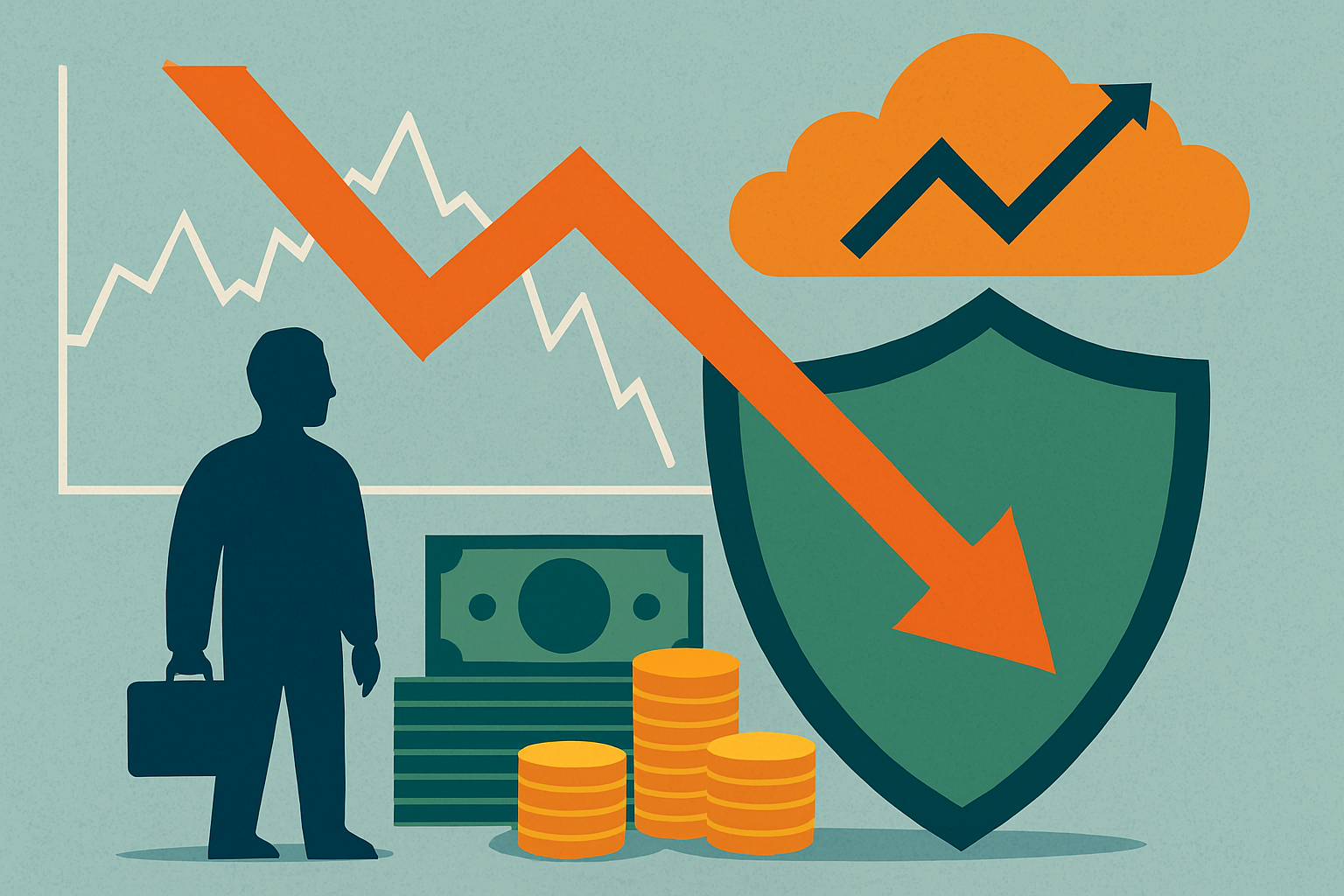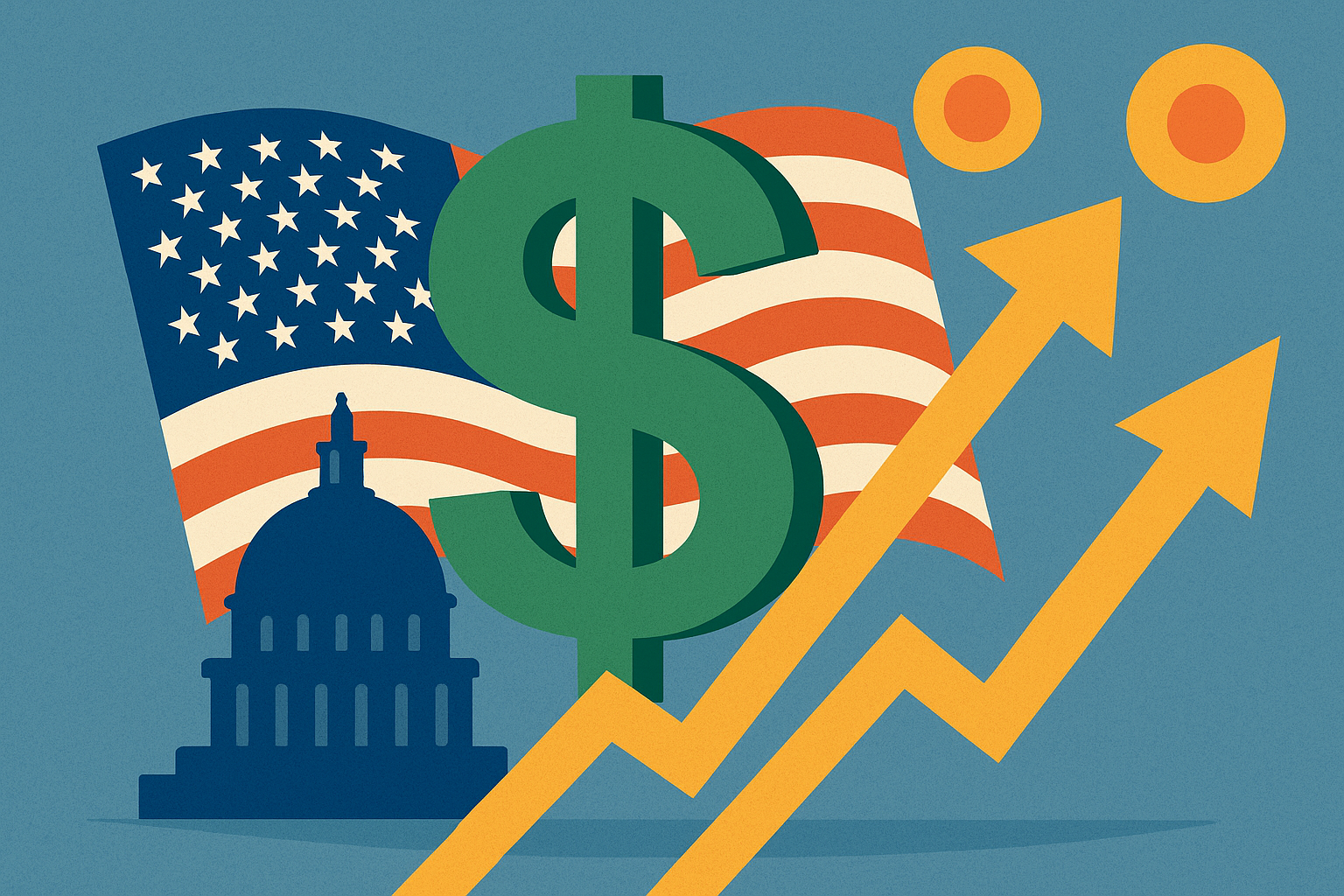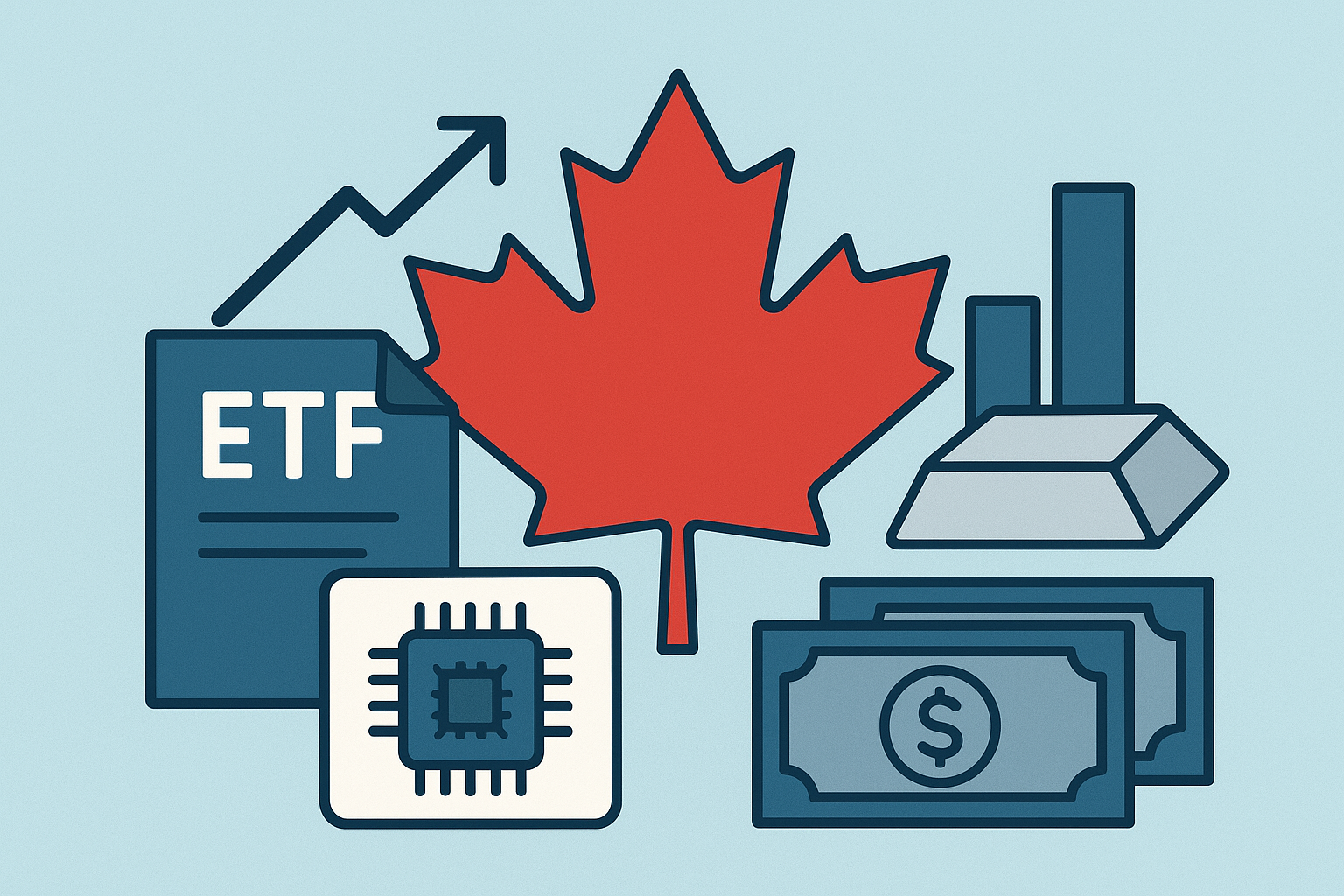Just weeks into Q3 2025, the global financial landscape has been anything but predictable. A softer-than-expected U.S. jobs report, new tariff escalations under the Trump administration, and growing uncertainty around the Fed’s next move have all contributed to a renewed wave of risk aversion. Amid this turbulence, one investment trend is gaining unmistakable traction: the rapid rise of buffer ETFs—structured products designed to cap losses in volatile markets while offering limited upside.
According to Yahoo Finance, defined-outcome exchange-traded funds (DOETFs)—commonly known as buffer ETFs—have experienced a notable influx of investor capital in recent months, with net inflows exceeding $3.4 billion year-to-date. This surge signals a shift in investor psychology: from chasing high-growth opportunities to preserving capital in a volatile, policy-sensitive macro environment.
Why This Matters for Investors
Buffer ETFs are structured to provide a predetermined level of downside protection, often around 10–15%, over a fixed period (typically one year), in exchange for a cap on gains. These vehicles have historically seen spikes in popularity during market pullbacks, but their recent momentum is exceptional.
The appeal lies in their tailored balance between risk and reward. Investors nervous about near-term corrections—particularly in sectors vulnerable to rising input costs or trade disruption—are choosing defined-outcome funds over traditional equity exposure.
“It’s a behavioral hedge,” said Ben Johnson, head of client solutions at Morningstar, in a recent interview. “People are still in the market but trying to mute the emotional impact of drawdowns.”
Products from issuers such as Innovator ETFs, First Trust, and AllianzIM are leading the pack. For example, Innovator’s S&P 500 Power Buffer ETFs now manage more than $18 billion in assets, according to Bloomberg Intelligence, up from $13 billion just nine months ago.
Trade Tensions, Fed Uncertainty, and the Search for Safety
The renewed interest in structured downside protection comes as economic signals turn increasingly mixed. July’s U.S. payroll gain of just 73,000—well below consensus forecasts—has ignited recession concerns. Meanwhile, Trump’s unexpected 35% tariff announcement on Canadian goods has heightened geopolitical instability and cast doubt over near-term growth.
These developments have made equity market valuations look increasingly fragile. The CBOE Volatility Index (VIX) remains elevated above 21, while corporate earnings guidance from cyclicals and tech firms has turned cautious.
Buffer ETFs are also appealing to financial advisors serving retirement-focused clients, who may be especially vulnerable to drawdowns and require smoother return paths in uncertain markets.
Future Trends to Watch
- Broader Adoption by RIAs and Institutions: Previously niche products, buffer ETFs are now showing up in institutional portfolios and model strategies, particularly within registered investment advisory (RIA) firms.
- More Customization Options: Issuers are racing to offer new variants—monthly reset buffers, sector-specific exposure, and international benchmarks.
- Fee Compression and Competition: As more issuers enter the space, fee structures may trend lower, potentially boosting returns net of expenses.
- Increased Scrutiny: Defined-outcome ETFs can be complex. While they trade like traditional ETFs, their internal mechanics often involve options strategies (e.g., collar spreads), which may not be fully understood by all investors. Regulatory bodies may issue guidance to ensure appropriate usage and marketing.
Key Investment Insight
For investors seeking capital preservation with market-linked upside, buffer ETFs present a compelling middle ground. However, they are not without trade-offs. The cap on gains can limit portfolio performance in strong bull markets, and exit flexibility may be restricted depending on product design.
Portfolio takeaway: Buffer ETFs are best used as tactical allocations or core holdings in conservative portfolios—not as substitutes for long-term equity exposure. They are particularly valuable in periods of macroeconomic uncertainty, such as the current environment.
To stay ahead of market sentiment and learn how structured products like buffer ETFs are shaping the future of retail and institutional portfolios, follow MoneyNews.Today—your daily destination for real-time investor intelligence, curated insights, and credible financial analysis.





